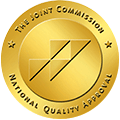 Cognitive Behavioral Therapy (CBT) is an active, collaborative, short-term treatment method that aims to reduce unhelpful patterns of thinking and behavior that may exacerbate or even contribute to mental health issues and substance use.
Cognitive Behavioral Therapy (CBT) is an active, collaborative, short-term treatment method that aims to reduce unhelpful patterns of thinking and behavior that may exacerbate or even contribute to mental health issues and substance use.
The term active indicates that the work accomplished in session is aimed at making an immediate difference the client’s life, through the implementation of problem-solving. Collaborative means that therapist and client work together, and each take responsibility for the contents of the sessions. Short-term means just that- the sessions are time-limited and usually last less than 20-sessions.
So why is CBT an effective treatment of substance use?
CBT helps to provide insights as to what drives the compulsion to use substances to cope with life, or the challenging thoughts and emotions life may induce. In this method, the substance use itself is not necessarily focused on as the problem, but the underlying issues are, as they create a constant feeling of not being okay, which often leads to self-medicating through drugs, alcohol, sex, gambling, and other compulsive, addictive behaviors. If the aim of therapy focuses solely on removing physical dependence from substance use, a relapse may soon follow, as the person needs to not only understand why they use, but develop healthy coping methods and strategies for staying sober in the future.
Earlier it was mentioned that CBT is active. In relation to substance use treatment, this means that therapist and client work together to identify the thoughts, feelings, as well as circumstances that a client frequently experiences before and after using. This helps to identify patterns that may contribute to the feeling of wanting or needing to use, as well as identify ways to prevent risky situations. Specific triggering thoughts can be identified, and once that happens, the person may develop other ways to reduce or eliminate those thoughts and emotions. For example, maybe the person feels that their reality is too painful and that they cannot cope without numbing themselves with drugs or alcohol. With CBT, the person may first be able to come to a better understanding of the situation, and then develop skills necessary to cope. There are a multitude of reasons people may have turned to drugs and alcohol to feel better, but through the skills training of CBT, they may develop healthy ways to replace old, outdated coping mechanisms that only provided temporary relief and ultimately lead to exacerbation of problems.
CBT has a very structured, hands-on approach. Every session includes a specific agenda that is set by both the therapist and the client. Part of this agenda includes specific techniques that are used to reduce the negative thoughts that drive negative behaviors. Common methods utilized are: cognitive restructuring, automatic thought reduction, thought-stopping techniques, situational diversions, mindfulness and meditation, and motivational enhancement. In addition, the goals are based on what the client identifies rather than just the therapist, lending to a sense of personal contribution to the sessions and increased feelings of self-reliance and confidence.
The behavioral portion of CBT indicates that just as behaviors are learned, they may be unlearned. Once specific maladaptive behaviors, such as drug and alcohol use, have been identified, plausible alternatives for coping may introduced, and unhealthy behaviors can be replaced with healthy ones.


